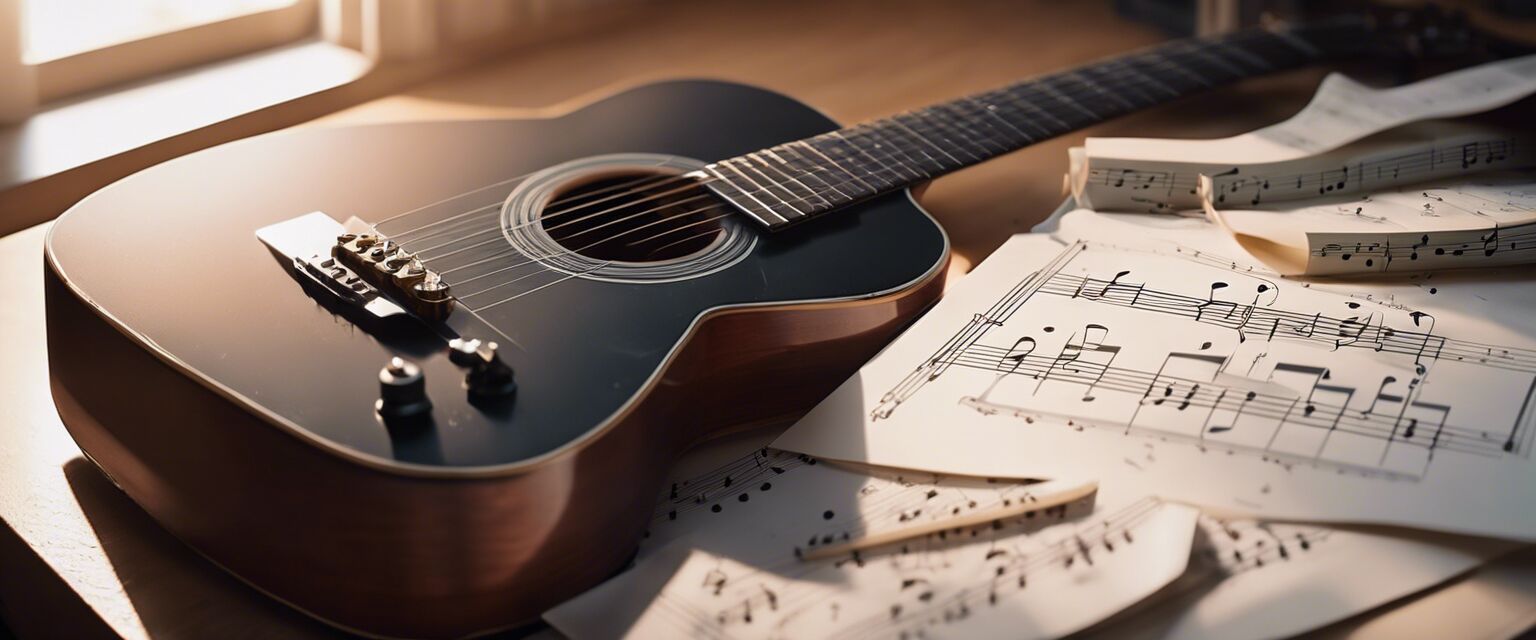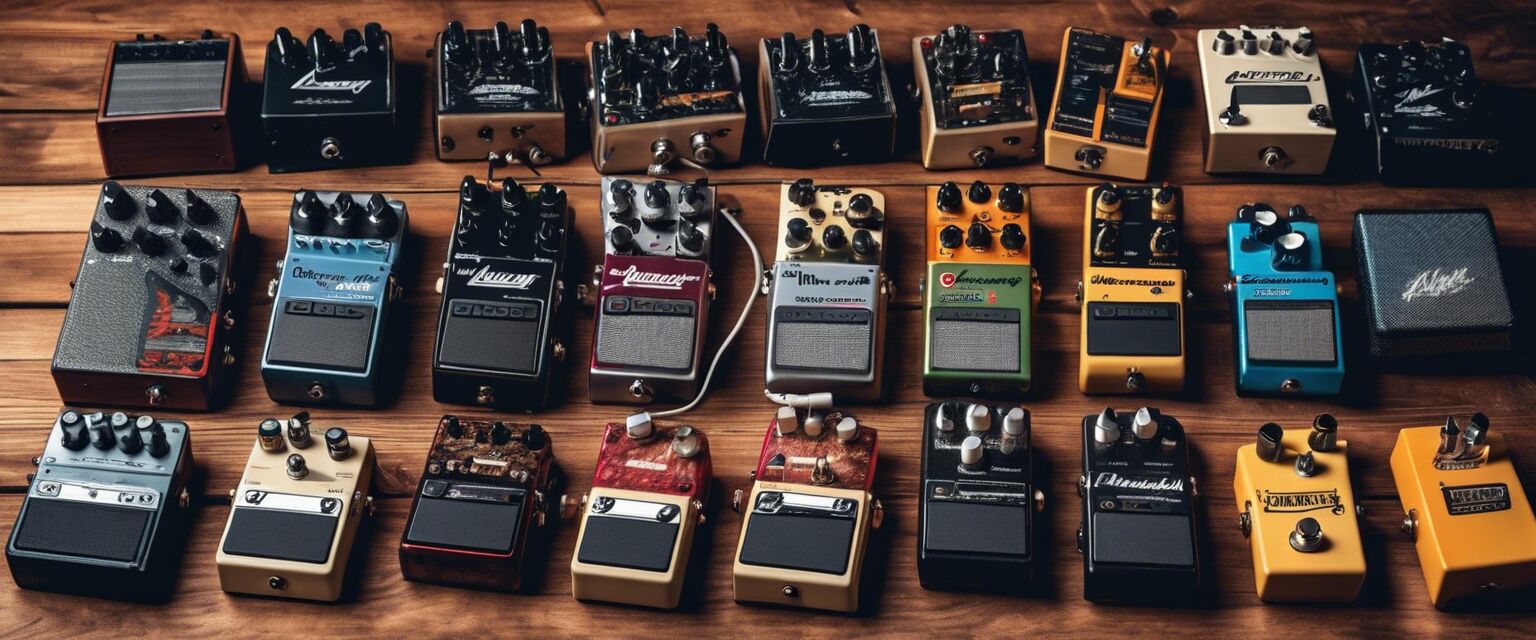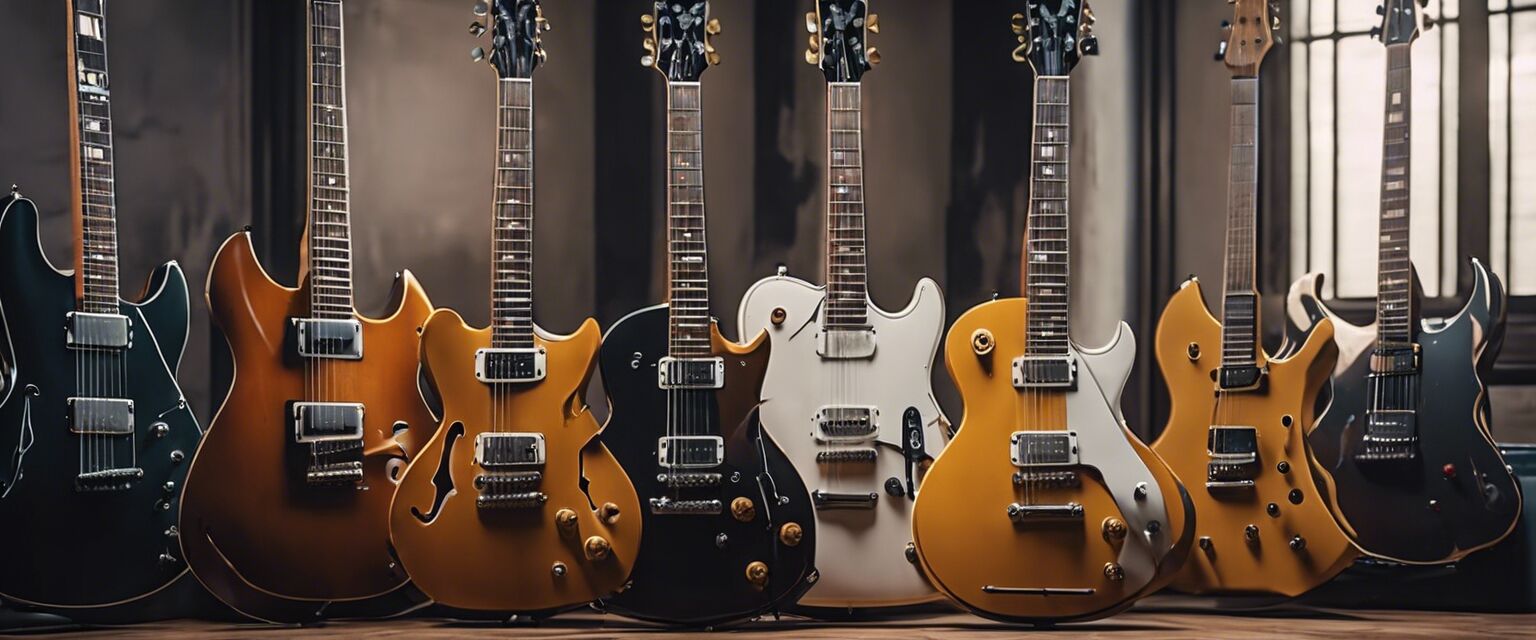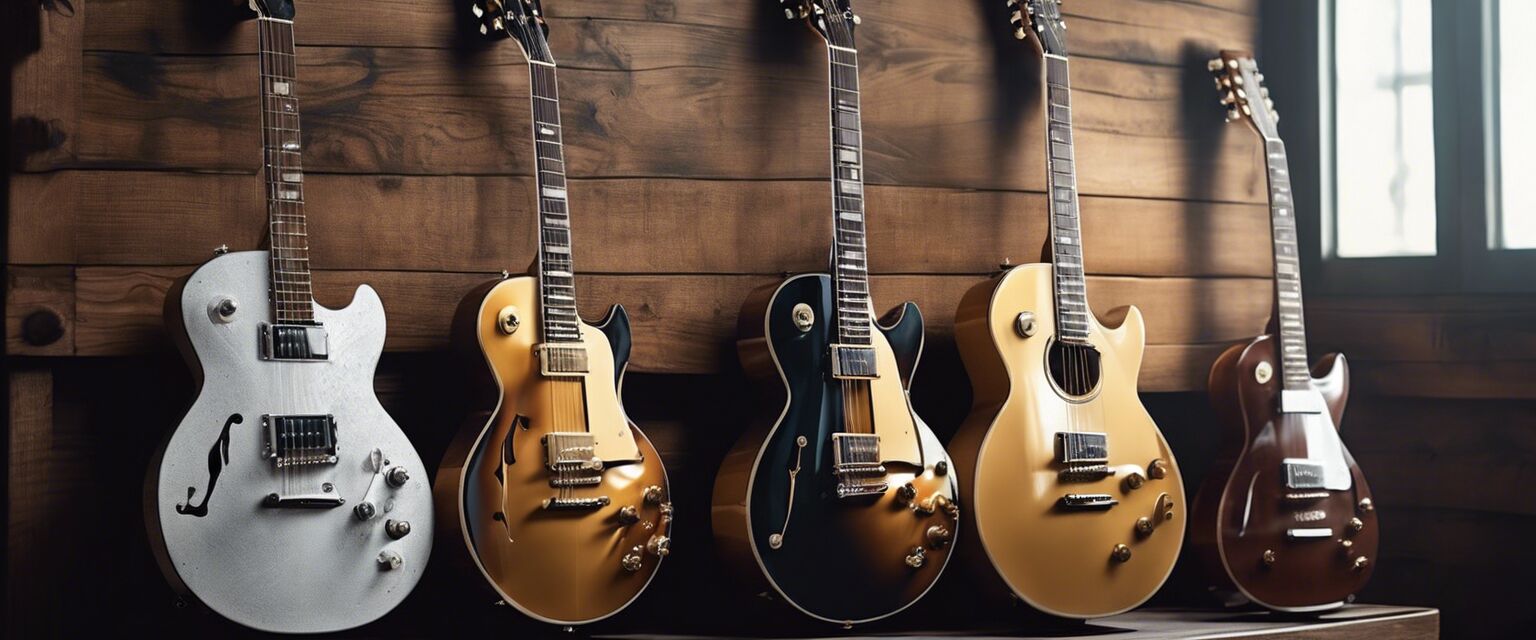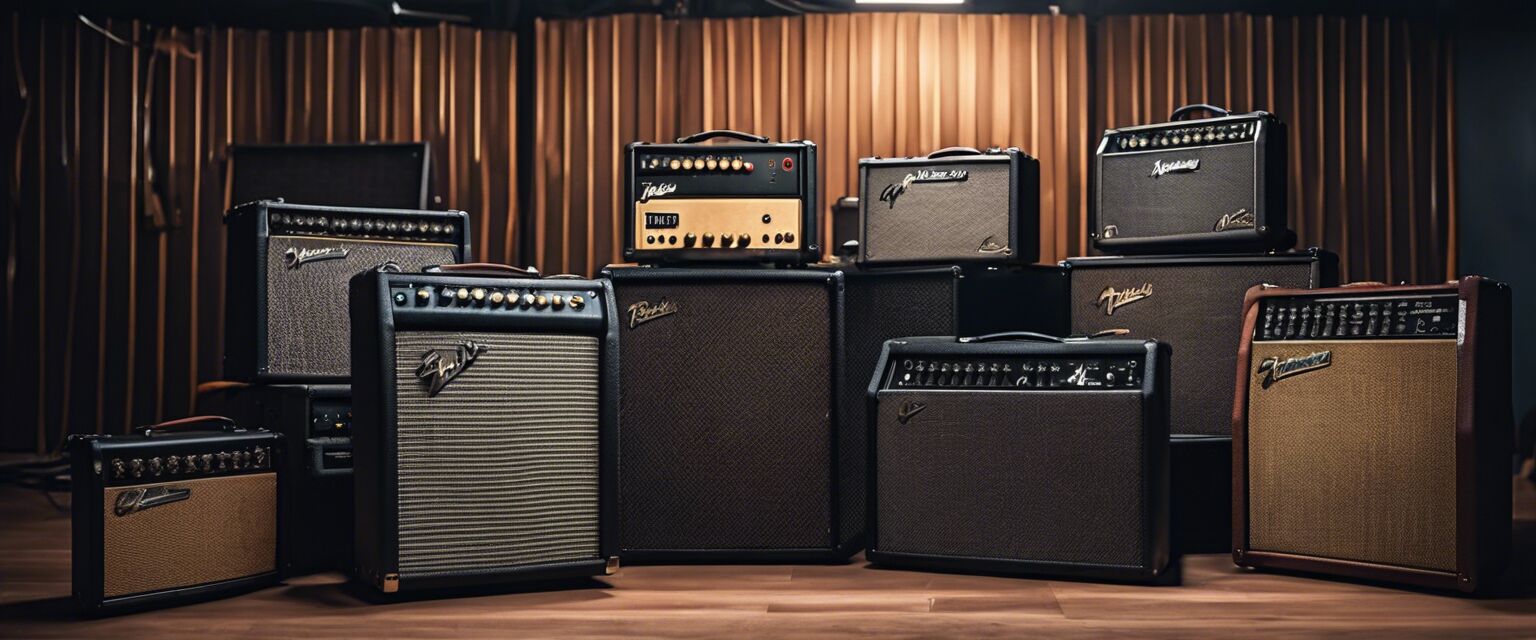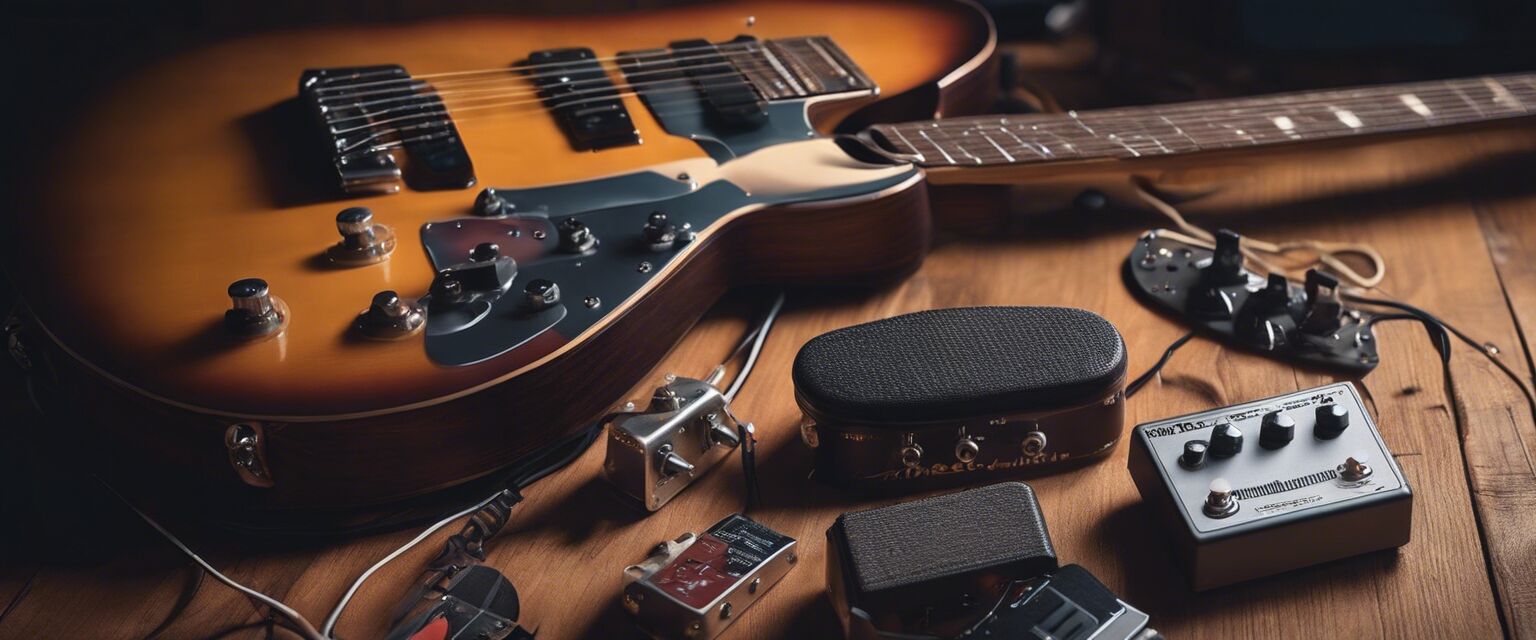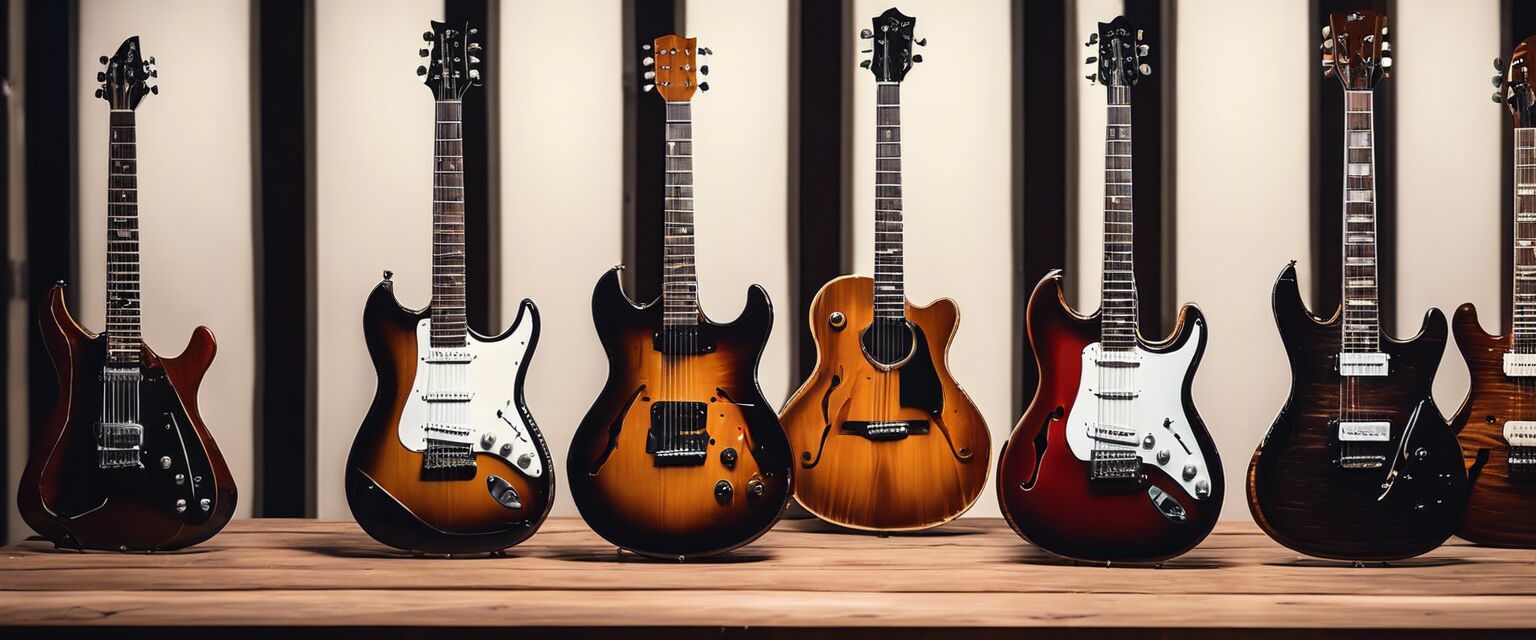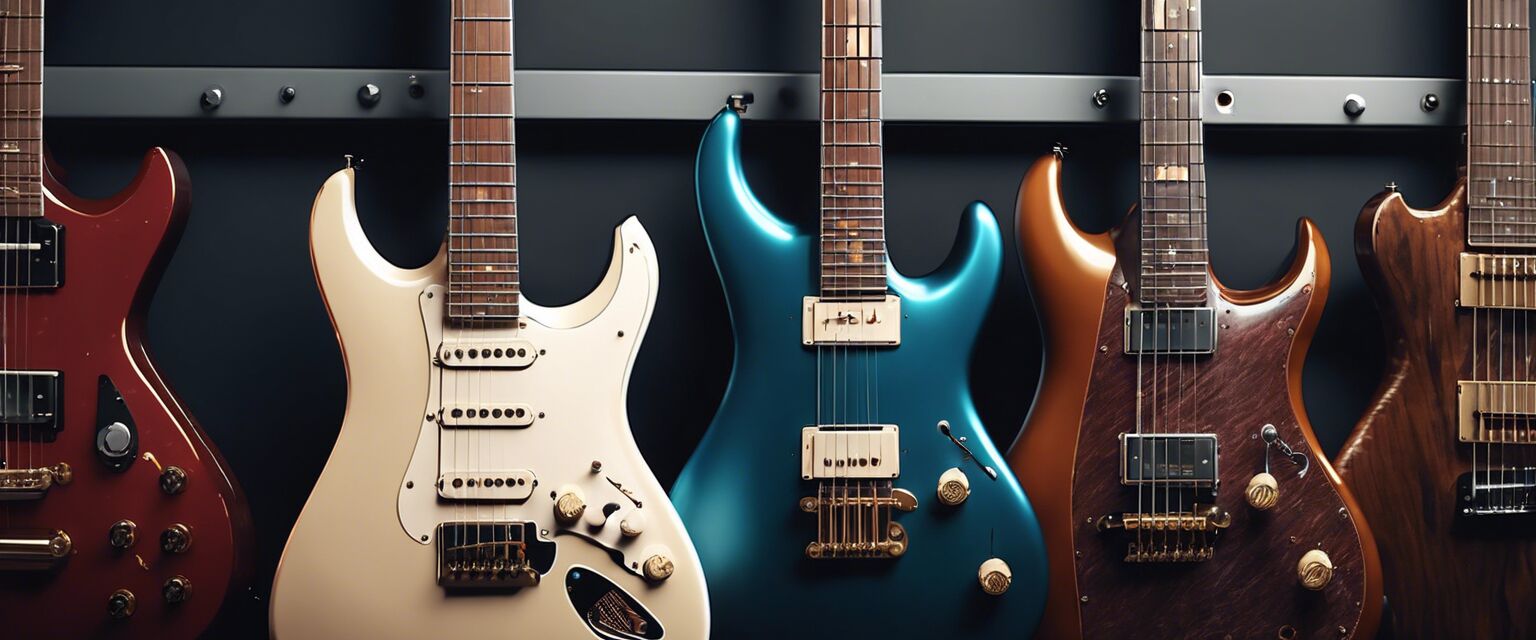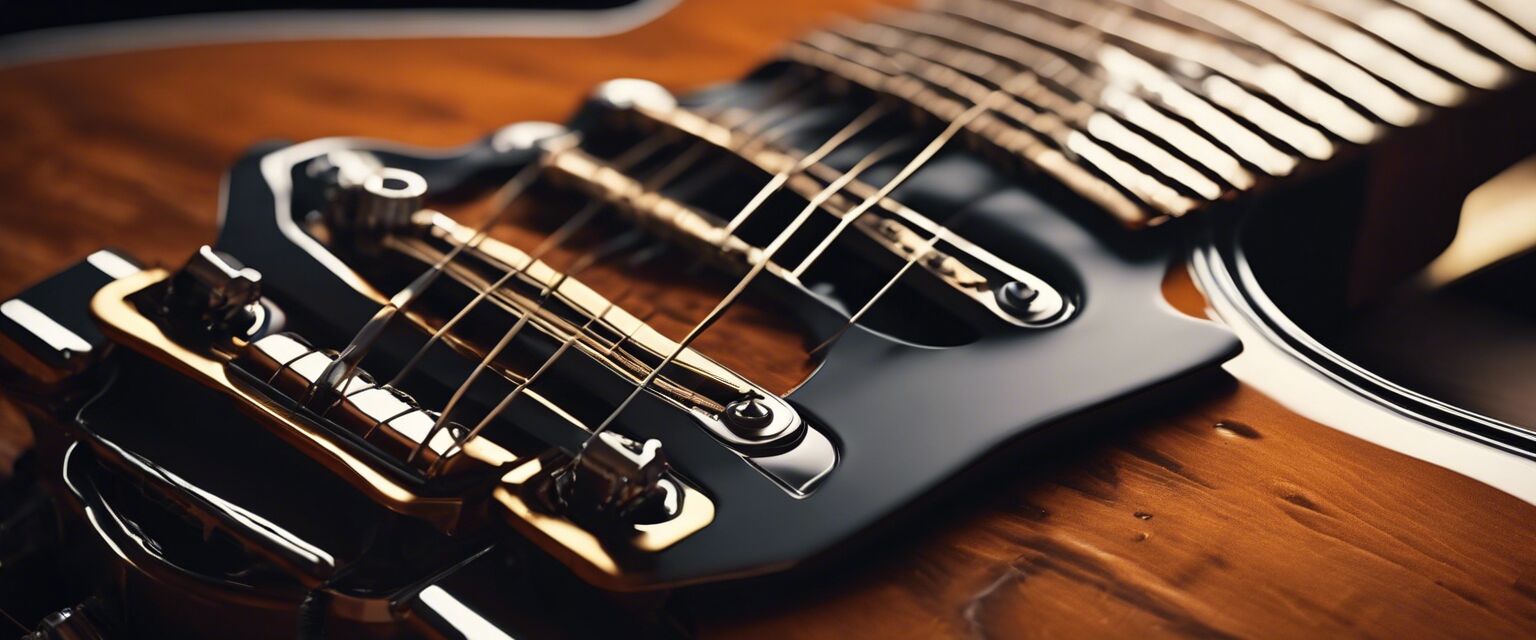
Electric Guitar Playing Techniques
Welcome to our guide on electric guitar playing techniques. Here, we explore various approaches to enhance your skills, regardless of whether you are a beginner or an advanced player. From fundamental techniques to advanced styles, we've got you covered.
Key Takeaways
- Understanding the basic playing techniques is crucial for every electric guitar player.
- Practice makes perfect; consistent practice enhances skill and muscle memory.
- Familiarity with advanced techniques leads to unique playing styles.
- Learning to play different genres expands your versatility as a musician.
Fundamental Techniques
Before diving into complex techniques, it's vital to master basic playing methods. Hereâs a breakdown:
| Technique | Description | Benefits |
|---|---|---|
| Alternate Picking | Alternating between downstrokes and upstrokes. | Improves pick control and speed. |
| Hammer-ons and Pull-offs | Quickly transitioning between notes on the same string. | Adds fluidity and expressiveness to solos. |
| Bending | Changing the pitch of a note by pushing the string. | Creates expressive and emotive sounds. |
Techniques for Beginners
Tips for Beginners
- Start with simple chords and scales.
- Use a metronome to improve timing.
- Record yourself to evaluate progress.
- Focus on finger placement for clean sounds.
- Don't rush; take your time to learn each technique.
Advanced Techniques
Once you have the fundamentals down, explore these advanced techniques:
| Advanced Technique | Description |
|---|---|
| Tapping | Using fingertips to tap and create notes on the fretboard. |
| Sliding | Moving between notes on the fretboard without lifting your fingers. |
| Palm Muting | Using your palm to dampen strings for a muted sound. |
Exploring Genres
Different genres can transform your playing style. Below are popular techniques specific to genres:
| Genre | Common Techniques |
|---|---|
| Rock | Power chords, whammy bar usage. |
| Blues | Bending, vibrato, 12-bar progressions. |
| Jazz | Complex chord voicings, improvisation. |
| Metal | Heavy distortion, sweep picking. |
Practice Tips
To enhance your electric guitar playing, consider the following tips:
- Set aside time for practice daily.
- Incorporate scales and exercises into your routine.
- Join a group or take lessons to stay motivated.
- Learn songs you love to maintain engagement.
- Focus on clean playing before increasing speed.
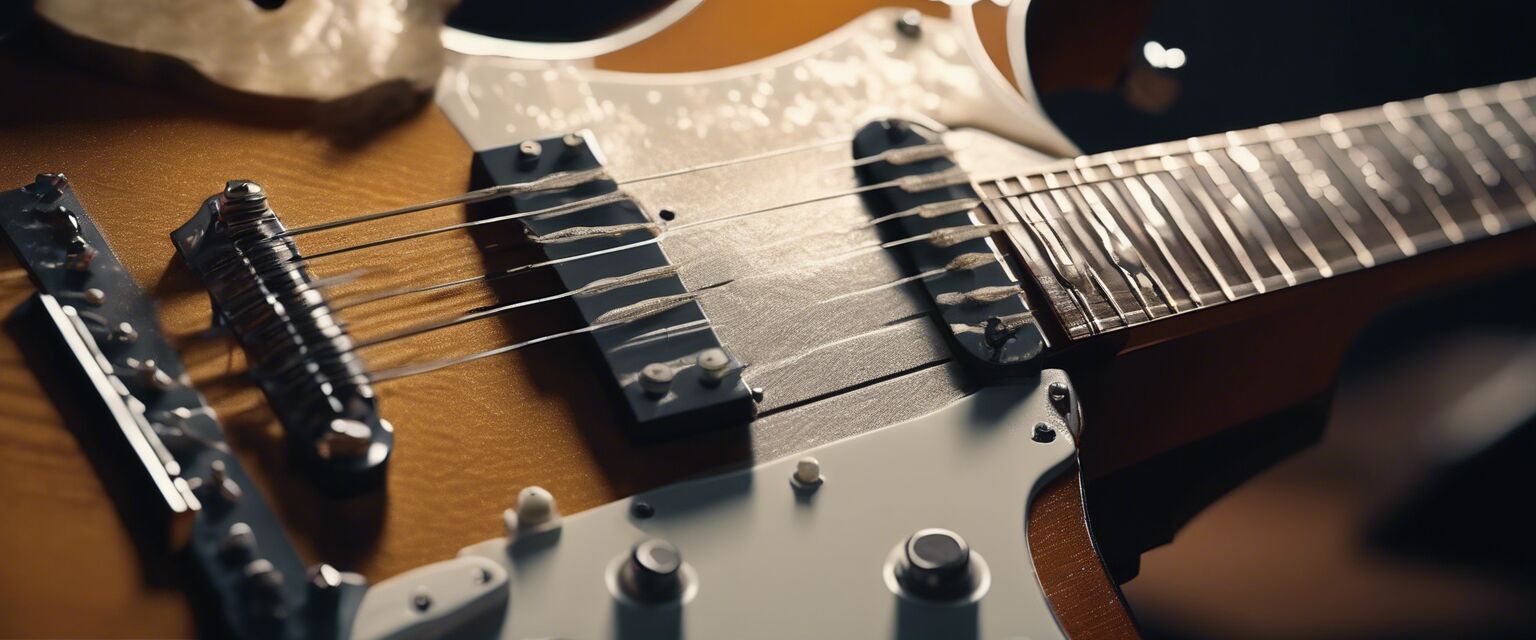
Essential Guitar Accessories
Having the right accessories can enhance your playing experience. Here are some recommended accessories:
Technique in Practice: Your Sonic Future
Electric guitar playing techniques range from the fundamental to the advanced, catering to players of all levels. By dedicating time to practice and exploring various styles, you will unlock your potential as a musician. Remember, the journey to becoming a great guitarist is as rewarding as the destination!
Pros
- Diverse techniques allow for personal style development.
- Accessible learning resources available online.
- Playing electric guitar can be a rewarding hobby.
- Connections and opportunities within music communities.
Cons
- Initial learning curve can be challenging.
- Requires investment in equipment and accessories.
- May lead to frustration without consistent practice.
